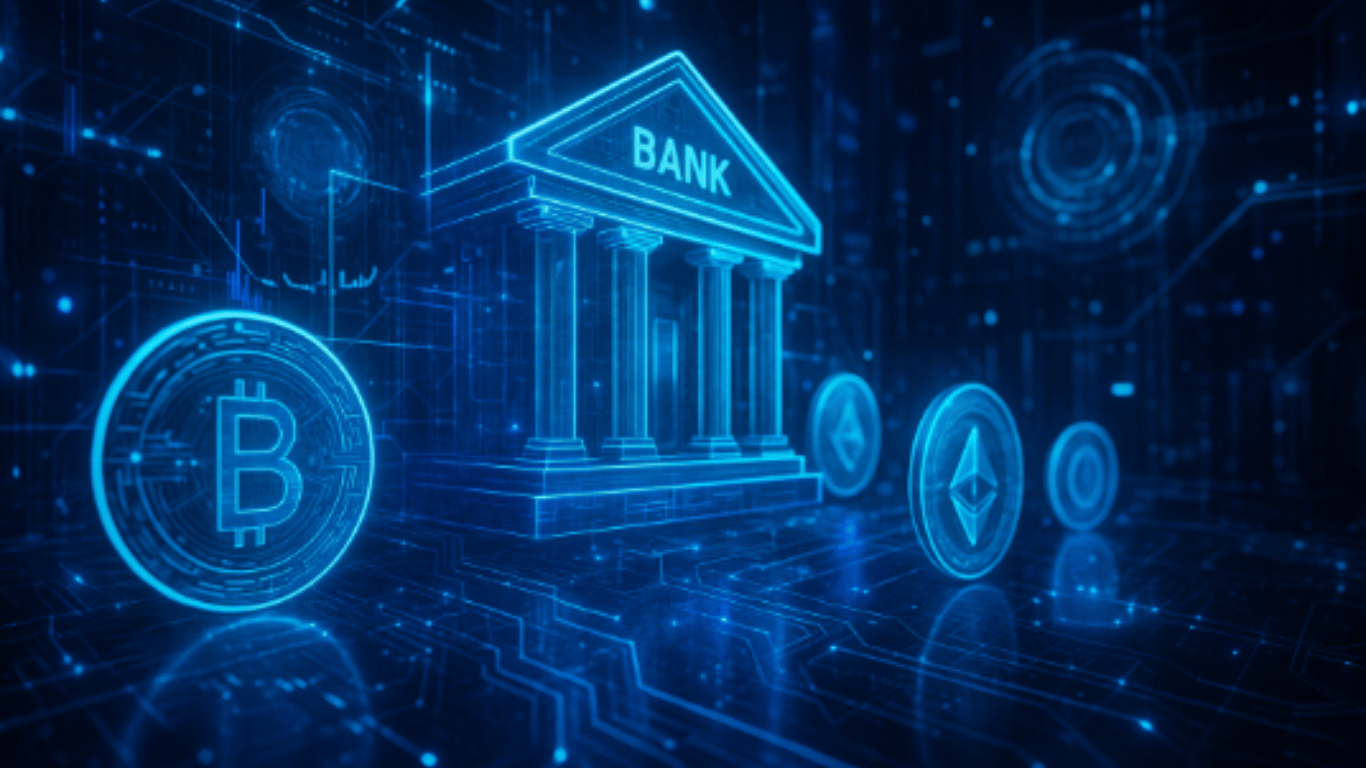Discover top fintech news and events!
Subscribe to FinTech Weekly's newsletter
Read by executives at JP Morgan, Coinbase, Blackrock, Klarna and more
ClearBank Moves to Integrate Blockchain Payments
ClearBank, the U.K.-based clearing bank and regulated provider of Faster Payments, has entered into a strategic agreement with Circle Internet Group to join the Circle Payments Network (CPN). The collaboration will connect ClearBank’s cloud-native banking platform to Circle’s blockchain infrastructure, allowing for faster cross-border transfers and access to regulated stablecoins.
The agreement marks one of the first integrations between a European bank and Circle’s network, which powers the movement of USDC and EURC — both fully reserved stablecoins designed to comply with the European Union’s Markets in Crypto-Assets Regulation (MiCAR). The partnership aims to bring real-time settlement and enhanced transparency to institutional money movement.
From Regulatory Complexity to Collaboration
ClearBank’s decision follows reports that it had been exploring the launch of its own stablecoin, a plan that met regulatory hurdles. For a bank subject to the oversight of the Bank of England, navigating approvals for a proprietary digital currency has proven complex. Aligning with Circle offers a practical alternative — one that allows ClearBank to adopt blockchain-based operations while maintaining regulatory integrity.
This collaboration reflects a growing understanding among established institutions that developing blockchain infrastructure internally can be both slow and resource-intensive. By linking with Circle’s existing framework, ClearBank can deliver faster, more efficient settlement options without reinventing its operational foundation.
The Role of Circle Payments Network
The Circle Payments Network, launched earlier this year, was designed to connect traditional finance and digital assets through programmable, blockchain-based money transfers. Since its introduction, it has gained momentum with participation from regulated entities such as Coinbase, which recently incorporated stablecoin-driven payments into its business offerings.
For ClearBank, joining CPN provides direct access to Circle Mint — a platform enabling institutions to mint and redeem USDC and EURC as part of daily liquidity management. These capabilities create opportunities to simplify complex financial operations, such as treasury services, corporate payments, and international remittances.
A Step Toward Tokenized Treasury and Settlement
Beyond payments, the partnership opens the door for experiments in tokenized treasury management and asset settlement. By integrating blockchain technology into back-office functions, banks can streamline processes that currently depend on fragmented systems and slow reconciliation cycles.
The collaboration is also expected to reduce dependence on legacy correspondent banking networks, which often introduce cost and delay. Through tokenized settlements, institutions could manage liquidity and capital allocation more efficiently across jurisdictions.
These developments align with the broader shift in finance toward digital assets with defined regulatory standards — an area where both ClearBank and Circle have established reputations for compliance and innovation.
Stablecoins and the Future of Regulated Payments
The partnership arrives at a moment when the role of stablecoins in global finance is expanding. Financial institutions are increasingly viewing tokenized money as a way to modernize payment infrastructure, particularly for high-volume, low-margin transfers.
Circle’s USDC and EURC have gained recognition as among the most transparent stablecoins, each backed by cash and short-term government securities. Under MiCAR, such tokens are expected to serve as compliant bridges between fiat and digital systems within Europe’s regulated markets.
For ClearBank, the integration with Circle’s network enhances its position as one of the few banks combining full regulatory status with crypto-native functionality. It also underscores a broader trend of fintech firms and banks converging on blockchain-enabled settlement — a development FinTech Weekly has been tracking closely as digital money moves toward mainstream adoption.
Institutional Relevance and Strategic Value
Industry observers view ClearBank’s move as part of a strategic evolution rather than an experimental step. Connecting with a network like CPN not only enables faster and cheaper cross-border transfers but also positions the bank at the center of a growing financial infrastructure that blends programmable money with institutional-grade compliance.
The collaboration illustrates a practical route forward for regulated banks: integrating with proven blockchain systems rather than launching standalone tokens. This approach allows them to retain trust and regulatory alignment while responding to the growing demand for instantaneous, transparent, and programmable financial services.
Looking Ahead
As more European institutions explore blockchain-based settlement and treasury solutions, ClearBank’s integration with Circle could become a reference point for similar partnerships. Both firms aim to demonstrate that blockchain technology, when applied within a regulated framework, can enhance rather than disrupt the established banking model.
The development also reinforces a key trend shaping financial technology in 2025 — the convergence of traditional banking systems with the programmable capabilities of digital assets. For ClearBank, it represents both innovation and pragmatism: adopting blockchain where it adds value, while preserving the safeguards that define trust in banking.
If the partnership achieves its goals, it may accelerate the next phase of digital finance, where fintech innovation and banking regulation coexist within a shared infrastructure for global payments and asset management.












